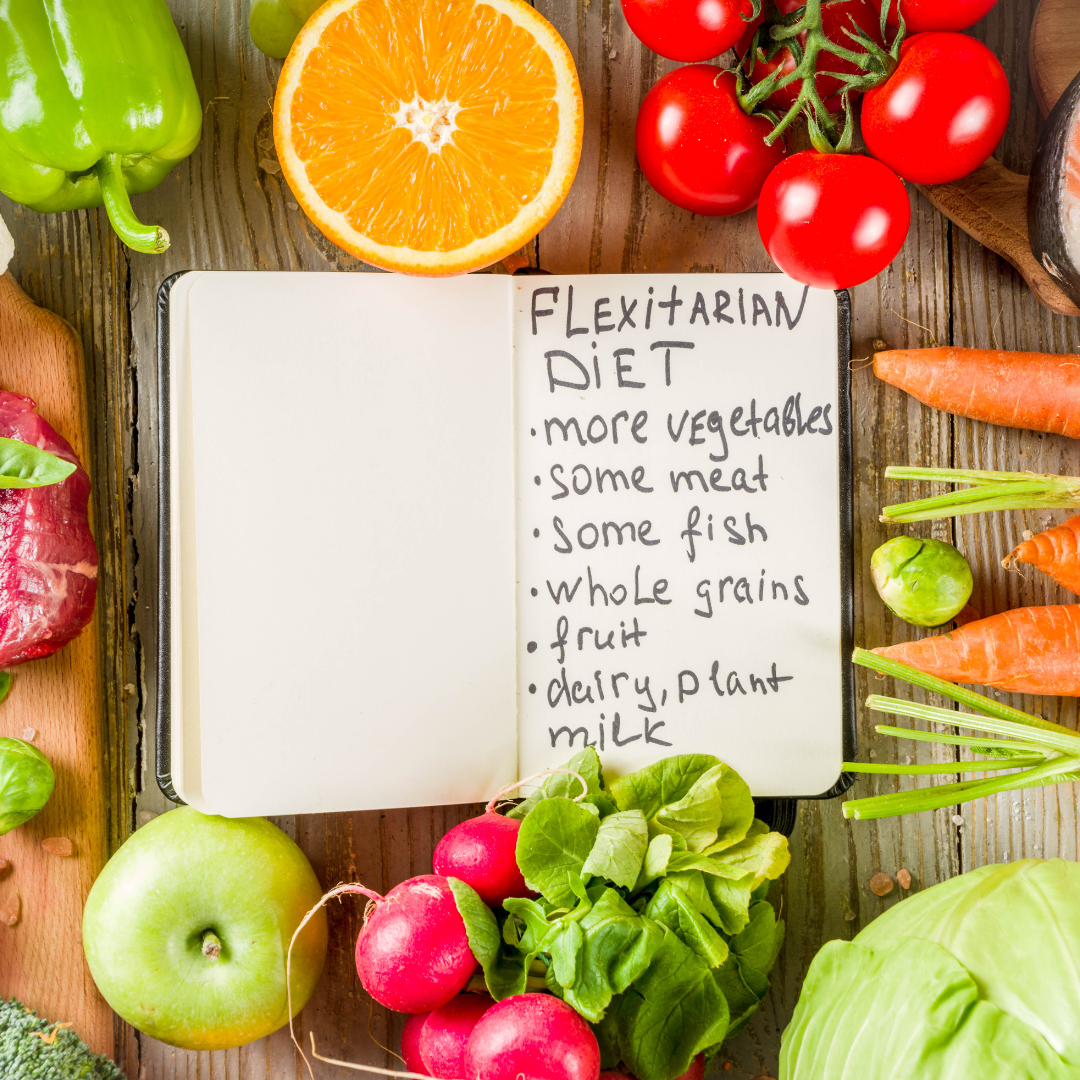Beginner’s Guide to a Flexitarian Diet – Plan Included
In a world where dietary choices are as diverse as the people making them, the Flexitarian Diet has gained popularity as a balanced and flexible approach that blends the best of both plant-based and omnivorous eating styles. This eating plan, characterized by a focus on plant-based foods with occasional inclusion of animal products, offers a pathway towards improved health, sustainable living, and weight management.
Understanding the Basics
Plant-Based Foundation:
At the heart of the Flexitarian Diet lies a strong emphasis on plant-based foods. Fruits, vegetables, whole grains, legumes, nuts, and seeds form the cornerstone of this eating plan. These nutrient-dense foods provide essential vitamins, minerals, fiber, and antioxidants crucial for overall well-being.
Flexibility with Animal Products:
What sets the Flexitarian Diet apart is its flexibility regarding meat consumption. Unlike strict vegetarian or vegan diets, flexitarians have the freedom to incorporate small amounts of meat, poultry, and fish into their meals. This “mostly vegetarian” way of eating allows individuals to enjoy the health benefits of plant-based foods while still savoring the occasional taste of animal products.
Health Benefits:
Numerous studies have linked plant-based diets to a range of health benefits. The Flexitarian Diet, by promoting the consumption of nutrient-dense plant foods, is associated with weight loss, improved cardiovascular health, and a reduced risk of chronic diseases. Adopting a predominantly plant-based eating plan may contribute to lower body weight, improved cholesterol levels, and a decreased risk of heart disease.
Health Benefits & Weight Loss
Reduced Caloric Density:
Plant-based foods, particularly fruits and vegetables, are often lower in caloric density compared to many animal products. This means you can consume larger portions of plant-based meals while still managing your caloric intake, which can be advantageous for weight loss or weight maintenance.
Fiber for Satiety:
Whole grains, legumes, and vegetables are rich sources of dietary fiber. Fiber not only aids digestion but also promotes a feeling of fullness, reducing the likelihood of overeating. This can be a valuable asset for those on a weight loss journey.
Healthy Fats for Sustained Energy:
While the Flexitarian Diet leans heavily towards plant-based fats, such as those found in nuts, seeds, and avocados, it also allows for the inclusion of healthy fats from fish and certain meats. These fats provide sustained energy and contribute to a feeling of satiety.
Reduced Risk of Chronic Diseases:
A diet rich in plant-based foods has been linked to a lower risk of chronic diseases, including cardiovascular disease and type 2 diabetes. The Flexitarian Diet, by encouraging the consumption of whole foods, may contribute to overall disease prevention.
Environmental Impact:
One of the notable aspects of the Flexitarian Diet is its positive environmental impact. By consuming less meat, particularly red meat, individuals can reduce their carbon footprint associated with livestock production. Choosing plant-based proteins over animal proteins can contribute to sustainable food choices and environmental conservation.
Beginner’s Guide to the Flexitarian Diet
Gradual Transition:
For those new to the Flexitarian Diet, a gradual transition can be key to long-term success. Start by incorporating more plant-based meals into your routine and gradually reducing meat consumption. This approach allows for a smoother adjustment both in terms of taste preferences and digestive adaptation.
Diversify Your Plate:
Aim for a colorful and diverse plate, incorporating a variety of fruits, vegetables, whole grains, and plant-based proteins. Experiment with different cooking methods and flavors to keep your meals exciting and satisfying.
Plan Your Meals:
Meal planning is a helpful tool for those adopting the Flexitarian Diet. Planning ahead ensures a well-balanced and satisfying mix of plant-based and animal products, making it easier to stick to the diet and meet nutritional needs.
Explore Plant-Based Proteins:
As a flexitarian, discovering plant-based protein sources is crucial. Legumes, tofu, tempeh, and quinoa are excellent alternatives that can be easily incorporated into a variety of dishes.

